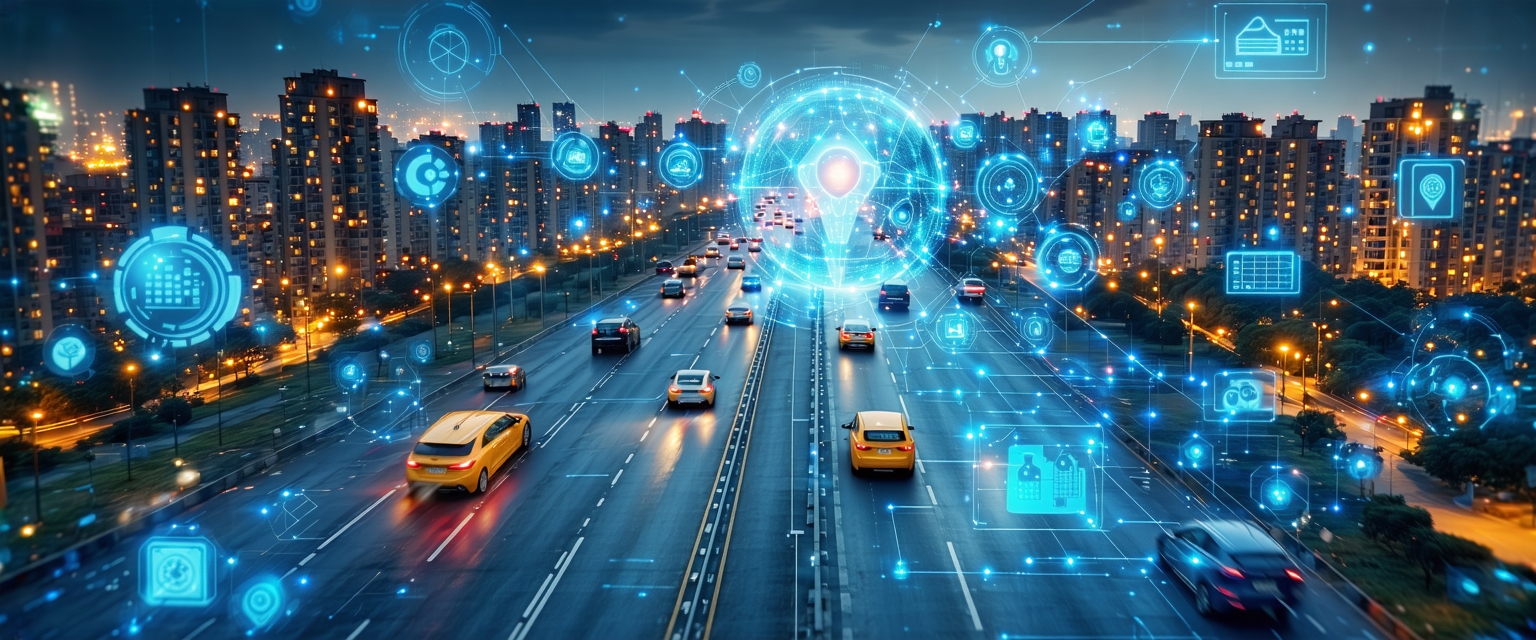






The concept of “smart cities” – urban areas leveraging technology to improve efficiency, sustainability, and quality of life – has rapidly evolved from a futuristic vision to a global reality. Driven by urbanization, technological advancements, and a growing need for resource optimization, cities worldwide are embracing digital transformation to address complex urban challenges. This exploration delves into the current state of smart city development, examining its progress, challenges, and future trajectory.
Rapid urbanization in the 20th and 21st centuries has placed immense strain on existing urban infrastructure and resources. Simultaneously, advancements in areas like IoT (Internet of Things), big data analytics, and AI (Artificial Intelligence) offered unprecedented opportunities to manage these challenges more effectively.
Early smart city initiatives focused on isolated projects, such as intelligent traffic management systems. However, the concept has matured to encompass integrated, holistic approaches aiming to optimize various aspects of city life.
Recent developments showcase a shift towards more sophisticated and interconnected systems. The integration of AI and machine learning is improving predictive capabilities, allowing for proactive management of resources like energy and waste. For example, cities are using AI-powered traffic optimization systems to reduce congestion and improve public transit.
Furthermore, the proliferation of 5G networks is enabling faster data transmission speeds, supporting real-time applications such as smart grids and enhanced public safety systems. The use of digital twins, virtual replicas of cities, is also gaining traction, allowing for better planning and simulation of urban development scenarios.
A report by McKinsey & Company (2022) highlights the significant economic potential of smart city investments, estimating trillions of dollars in potential value creation globally. However, the report also emphasizes the need for robust data governance and cybersecurity measures to mitigate potential risks.
According to a survey by the International Data Corporation (IDC, 2023), the worldwide spending on smart city infrastructure is projected to grow exponentially over the next five years, with significant investment in areas such as public safety and transportation. This growth underscores the increasing recognition of the transformative potential of smart city technologies.
While the potential benefits of smart cities are substantial, considerable risks remain. Concerns about data privacy, algorithmic bias, and the digital divide need careful consideration. Ensuring equitable access to smart city technologies and benefits across all socioeconomic groups is paramount.
The future of smart cities hinges on addressing these challenges through collaborative governance models, robust cybersecurity frameworks, and a focus on inclusive innovation. Further advancements in areas like edge computing and blockchain technology are likely to shape the next generation of smart city solutions.